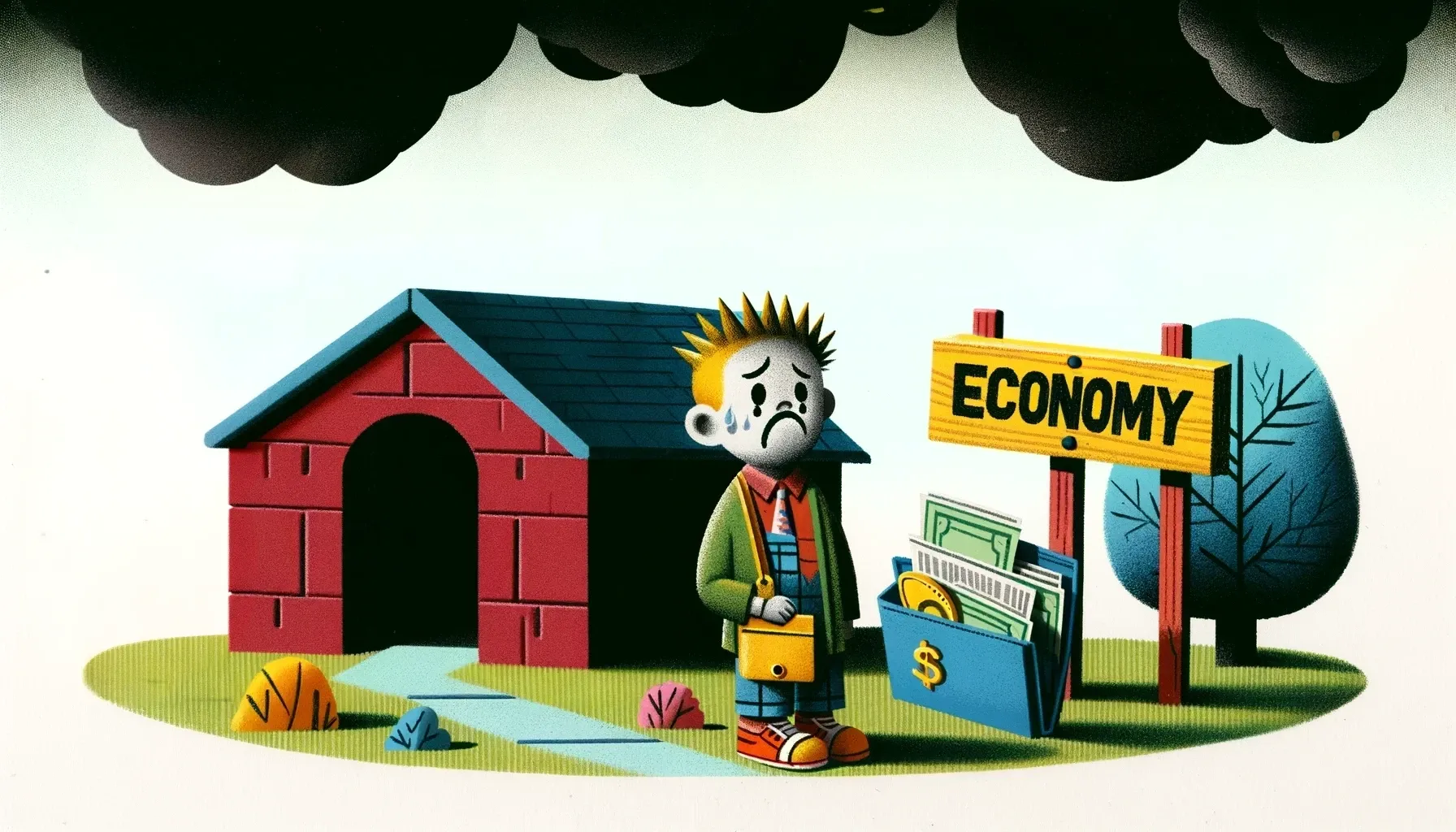Good Times Over?

Macro Shrink. Economic data continues to suggest the global economy is falling deeper into contraction. How will policymakers respond, and what implications will their decisions hold for your investment portfolio?
A slew of key U.S. economic data figures was reported this morning; chief among the releases were revised gross domestic product (GDP) estimates for the first quarter of 2024.
America’s growth for the first three months of 2024 was revised lower and is estimated to have occurred at an annualized rate of 1.3%, tumbling from the 3.4% rate enjoyed during the fourth quarter of 2023 and slightly below initial projections of 1.6%, simultaneously, these estimates had corporate profits revised substantially lower from a 3.9% quarter-over-quarter gain to a 1.7% decrease!
Creating additional cause for concern was the GDP Deflator, a measure for the changes in price levels of domestically produced goods and services, which was unchanged from initial estimates of 3.1%, indicating that inflation continued to run hot throughout the first quarter as the real economy contracts.
U.S. GDP grew by just 1.3% in Q1, the lowest quarterly increase since Q2 2022, when #GDP was negative for the 2nd consecutive quarter. However, the GDP deflator was 3.1%. Since prices likely rose at twice that rate, real GDP was probably -1.8%. That explains Biden's low approval.
— Peter Schiff (@PeterSchiff) May 30, 2024
Although there is somewhat of a lag between Q1 statistics and the present day, more contemporary evidence also points towards an ongoing economic slide.
Globally, many countries have already achieved deflation, and while Germany had been a bastion of economic growth for the European Union, month-to-month inflation for May was barely positive, increasing by a meager 0.1%, indicating that the nation is on the brink of achieving it.
In an attempt to make their goods accessible to consumers, major U.S. retailers are slashing prices on a litany of items – a feat made possible by deflationary price pressures – meanwhile low cost leaders like Walmart have benefited with increased revenues from high income earners, suggesting even the wealthiest consumers are getting squeezed.
Pending home sales unexpectedly jumped in March, but took a massive hit during the month of April, experiencing the largest month-over-month decline since February 2021 and pressing the pending home sales index into record COVID lows.
US Pending Home sales hit LOWEST LEVEL on record dating back to 2001.
— Darth Powell 🦈🇺🇲🇺🇦🇵🇱🇫🇮 (@GRomePow) May 30, 2024
Worse than during the worst periods of the GFC pic.twitter.com/HE4yhTYfa5
Given the immense pain wrought by the out-of-control inflation of the post-COVID era, it is natural that market participants would welcome deflation with open arms.
Given that interest rate increases have appeared successful in combating inflation, it is further understandable that many would also place faith in the ability of inevitable rate cuts to mitigate further economic downside. Unfortunately, believers in any form of soft landing are likely placing too much faith in the tools policy makers have at their disposal.
Without a doubt, it is certainly possible that coordinated monetary and fiscal stimulus (i.e.; lower interest rates and government cash transfers) could reverse a slide in asset prices and stave off defaults, such moves are reactionary functions and will likely not be made with inflation running rampant across the country.
All business cycles eventually come to an end, and the looming completion of the current one as insinuated by continually deteriorating economic data suggests that risk assets may be headed to bargain basement lows.